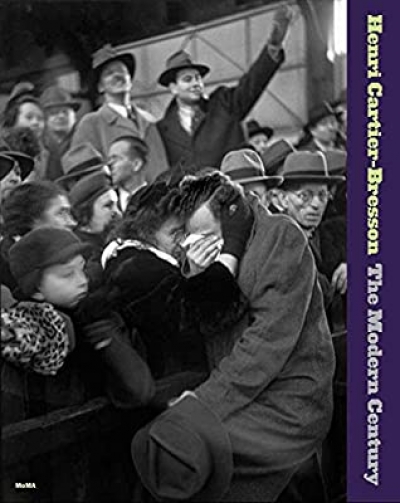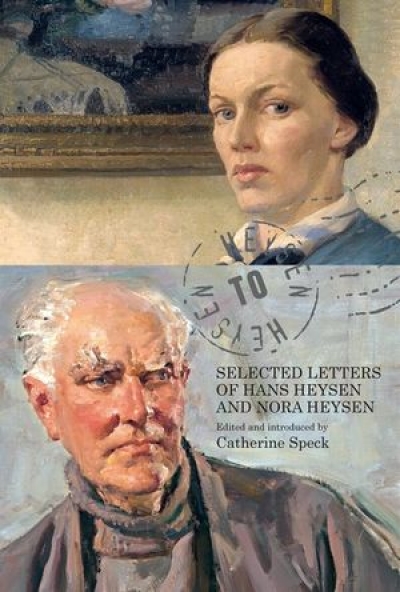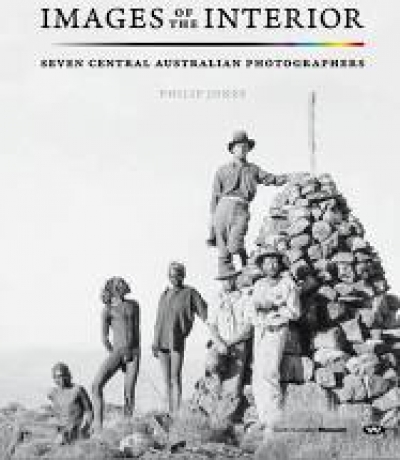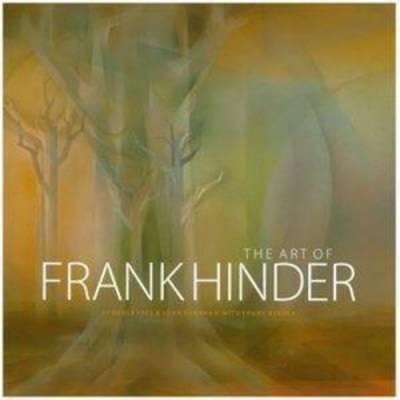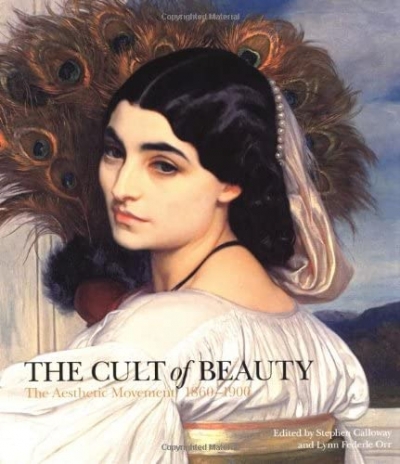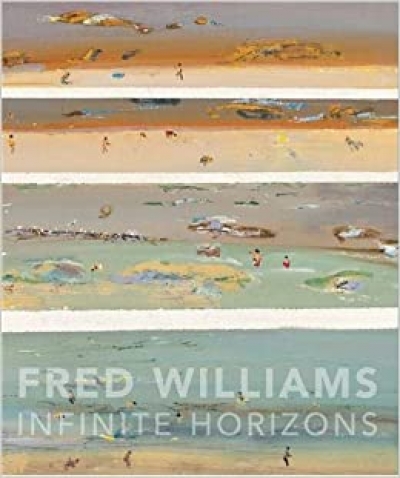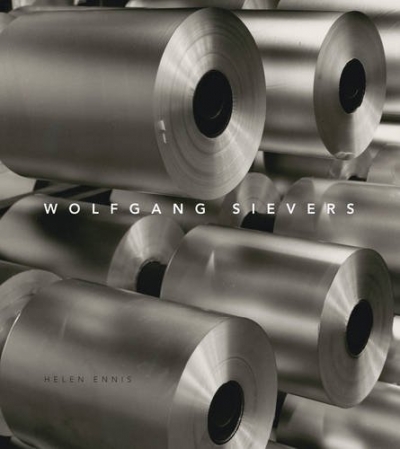Arts
There is so much beauty around us if only we could take the time to open our eyes and perceive it. And then share it. Love is the key word.
(Carol Jerrems, A Book About Australian Women)
In 1973, Carol Jerrems photographed a little girl, Caroline Slade, at her fourth birthday party in Toorak. Standing coyly with ha ...
Everyone, I suspect, has a favourite photograph by Henri Cartier-Bresson. Mine shows two couples picnicking beside what I have always thought was the Marne River but turns out to be somewhere else altogether. Juvisy (1938), as it is now titled, depicts urban workers relaxing near a man-made pond in the suburbs of Paris. This is indicative of the exhaustive research of Peter Galassi and his colleagues, who have brought to light a huge amount of new information on Cartier-Bresson and his photographs. Their book has been published to accompany a Cartier-Bresson exhibition at the Museum of Modern Art, New York, where Galassi is chief curator of photography.
... (read more)
